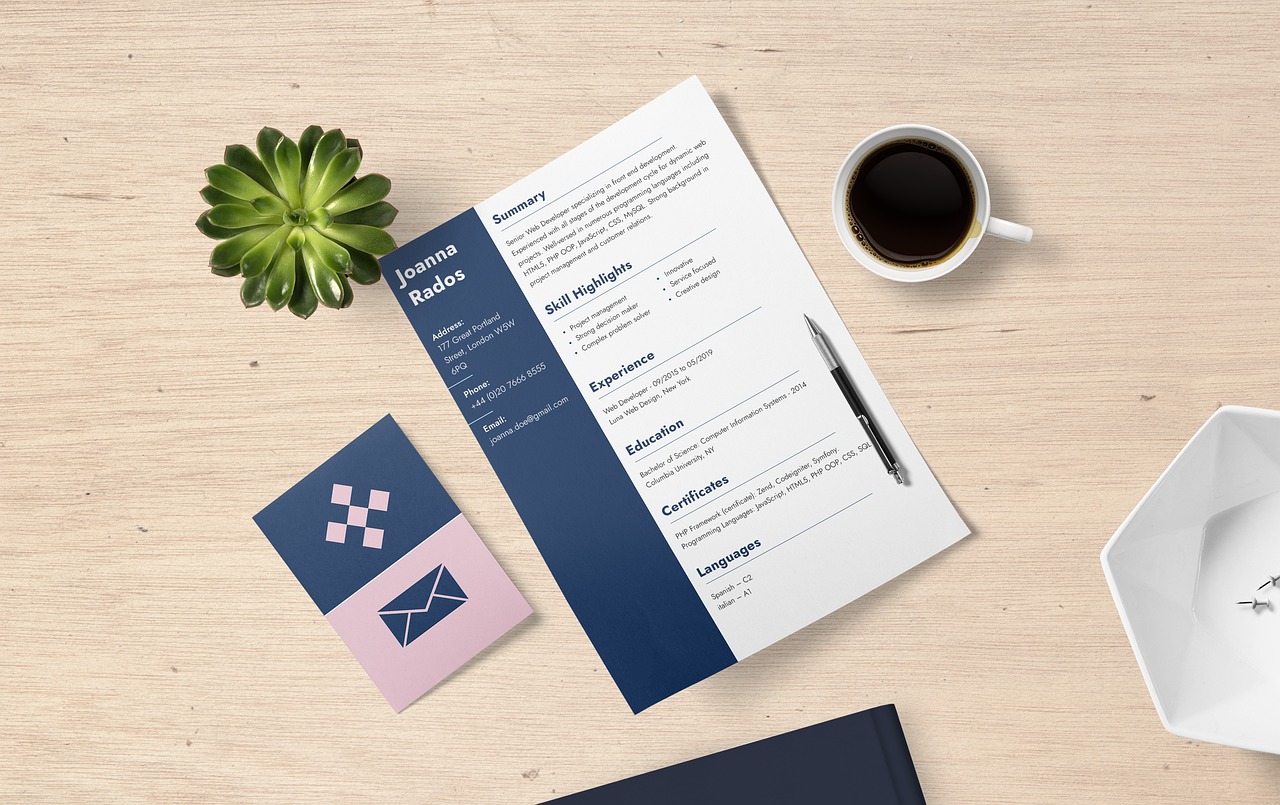
In most countries, the job application process has changed dramatically over the past few years. This is thanks to mass electronic resumé/CV distribution services, online recruitment databases, the ability to upload and email job applications, and the increasing use of career-oriented social media websites like LinkedIn.
Enhanced technologies have brought immediacy to the job-hunting process as never before, which brings positive opportunities but also pitfalls. With today’s technology, you can have your application before a recruiter virtually seconds after seeing the listing, without even a brief telephone discussion, and recruiters can search LinkedIn for candidates who possess desirable skills or experience. The recruiters can then ask promising candidates to apply without the role even being publicly advertised.
How to Write Applications
When you are writing job applications for positions, it is critical to ensure keywords appearing in the job advertisements are contained in the resumés and cover letters submitted to potential employers.
- When reading the job advert, position description and, most particularly, the selection criteria, check carefully for repeated words and identify the most important keywords used.
- Use these keywords in your application, but in context in sentences, and not simply pasted into the text as a list; such a list with no details or examples of how you demonstrated the skill in context will not impress a recruiter.
Despite the variety of delivery methods now available, the core components of the traditional job application remain the same in most countries. A resumé/ CV (‘curriculum vitae’) and a cover letter form the basis of all applications.
Attachments in Applications
- If a job advertisement calls for submission of a resumé and cover letter, and indicates that these should be emailed, you should also write a short email informing the recruiter that the documents are attached, and then send or upload both as separate documents.
- Ideally, save them as Microsoft Word documents (though not in the latest document version; it would be better to ‘save down’ to an older version using the ‘Save As’ function to be sure the recruiter can read the document if he or she doesn’t have the newest update of Word).
- You may also use Word to ‘save as’ an Adobe Acrobat PDF file, which can be viewed on any device, including smartphones and tablets. ‘Save-as’ rather than directly scanning to PDF, as automated systems do not read the file as well.
It is important to name such attached documents appropriately, including your first and family name in the document title, followed by the words ‘Resumé’, ‘Covering Letter’, or ‘CV’ and possibly adding the job title or organization name.
If only a resumé is requested, it is preferable to not attach a separate cover letter, but rather include a note in the body of the email detailing where you found the job advertisement, why you would like to work for the company (or your interest in the role, if the company name is not disclosed) and what you can bring to the position in terms of skills, abilities, experience and other qualifications.
- It is appropriate to apply directly through online job boards, but always make sure that an individual cover letter is included, either by uploading it as an attachment or by using the website’s ‘Write a Cover Letter’ function, if available.
- Be careful when using the instant ‘Write a Cover Letter’ function on job boards; these instant cover letter functions frequently do not include spell-checking functions, and often do not facilitate creating a rough draft.
- A better strategy: compose a cover letter (or your responses to online questions) in a word processing program such as Word, and then copy and paste into the form. The cover letter in these instances should be very brief, typically not more than about 200 words.
- Be aware that some online job application systems will pose questions to applicants; answer these questions with care, checking for grammar and spelling.
- When initially applying for a job, it usually is not necessary to include any attachments other than the application documents — that is, you should leave out testimonials, written references and certificates of vocational or academic qualifications, unless they are explicitly requested. Bring those documents to the interview, neatly presented in a folder that you can offer to the interviewers.
Extra Information in Applications
Employers looking for new graduates to fill specific jobs sometimes request that academic results or certificates be attached to the application. If this is the case and results have been specifically requested, then include your official academic transcript.
Applicants may be asked to include written reports from references who offer evidence of how your job skills match the position requirements, though this request usually comes once a job offer has been made.
- Alternatively, you may be asked to provide contact details for references, in which case the prospective employer will make direct contact by phone or email.
- A reference who has been a recent direct manager would be best; the next-best choice would be someone who has worked with you in a professional context.
A growing number of companies, especially large corporations and multinationals, use applicant tracking systems (ATS) to scan cover letters and resumés/CVs. This technology parses a document, breaking it into text, and matching your experience and education with the requirements of a particular job. Here are some formatting tips for your cover letter and resumé/CV for ATS:
- Read the job description carefully! Use keywords in your resumé/CV and cover letter that match those in the job description.
- Make sure your keywords are incorporated into your resumé/CV and cover letter. Do not just list strings of keywords; hiring managers will penalize a jobseeker whose application includes keywords and industry terms at the expense of clear writing.
- Use both the long-form and acronym versions of keywords (e.g. “Master of Business Administration (MBA)” or “Search Engine Optimization (SEO)”) for maximum searchability.
- Chronological resumé formats work best, listing your work experience from most recent to oldest.
- Use basic language and common section headings (Work Experience, Skills, Education…)
- Avoid lines that span across the page as this can scramble text.
- Read the instructions to make sure you are using an acceptable file type: .docx or .pdf formats are safest.
- Avoid unusual fonts, colors or spacing. A common sans serif font such as Arial or Times New Roman is best. Don’t use WordArt.
- Don’t add graphics (except for a photo, if applicable).
- Don’t use headers and footers.
- Avoid using tables and columns. Content may not be read in the order you intended.
- Make sure your name is in the filename of your document (e.g., surname_name_CV.doc).
Using GoinGlobal’s Resources
For location specific resumé/CV guidelines, see GoinGlobal’s Country and City Career Guides*. You will find expert advice for creating a culturally correct resume/CV and cover letter in formats that meet local employers’ expectations.
On the GoinGlobal platform: Go to “Career Guides” in the main navigation, choose the country or city of your choice, hover over “Getting the Job” in the guide’s navigation and you will find everything you need to know, and more, about crafting a resumé/CV, interviewing and work permits/Visas.
*Access to GoinGlobal’s resource database is provided through subscribing institutions. Contact your college/university’s career center or library for access instructions.



